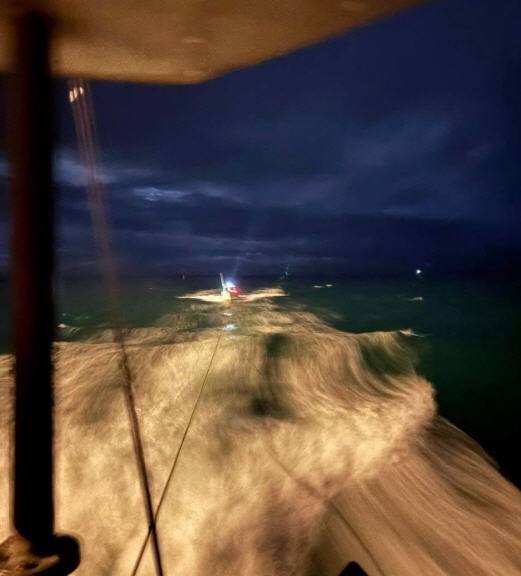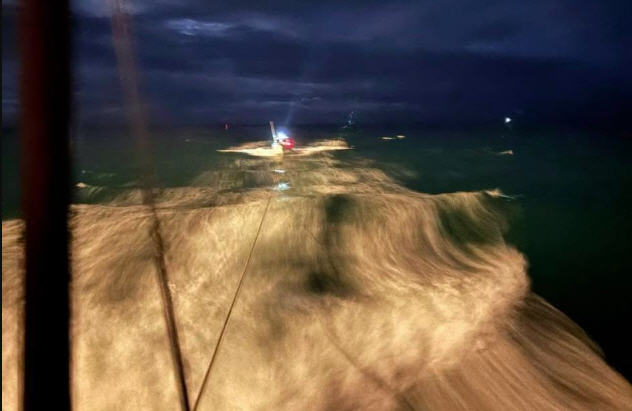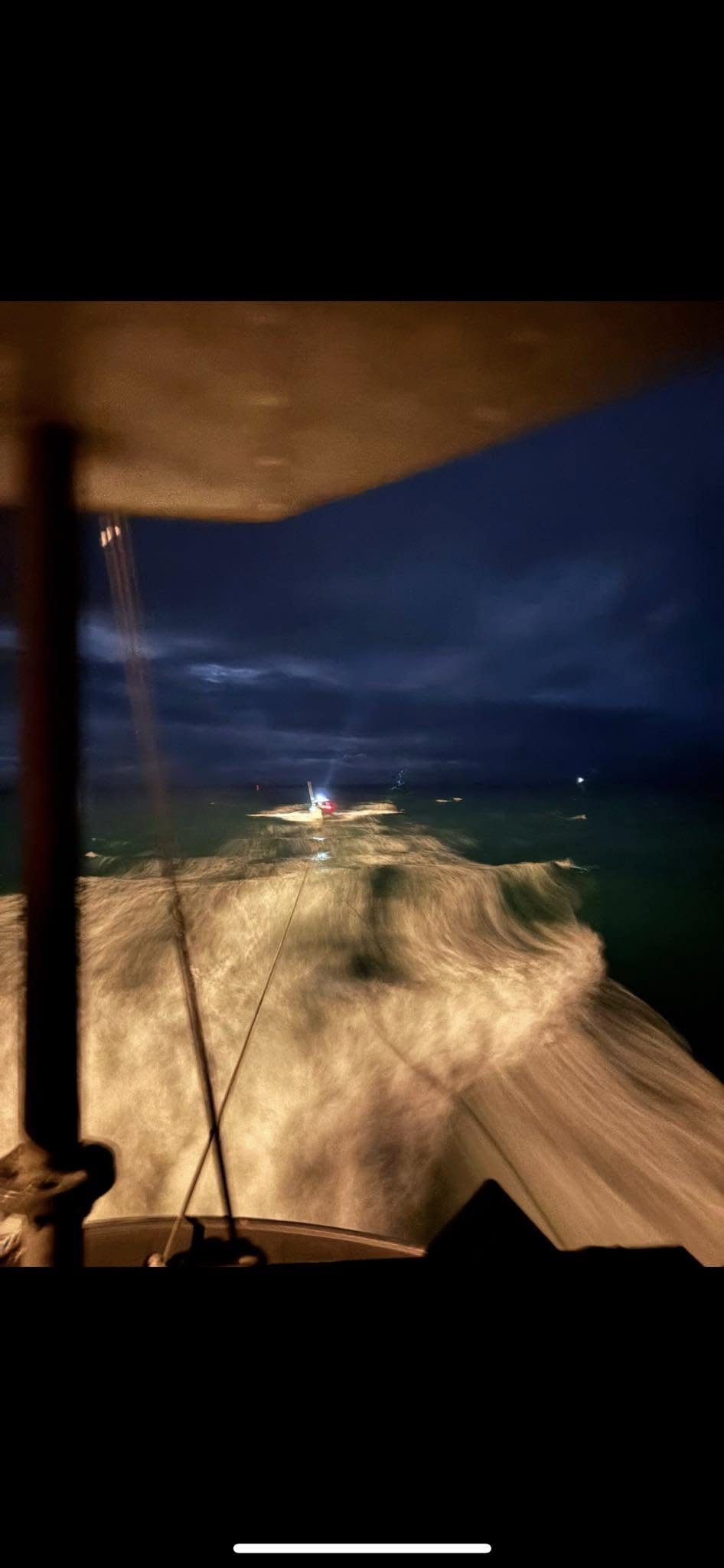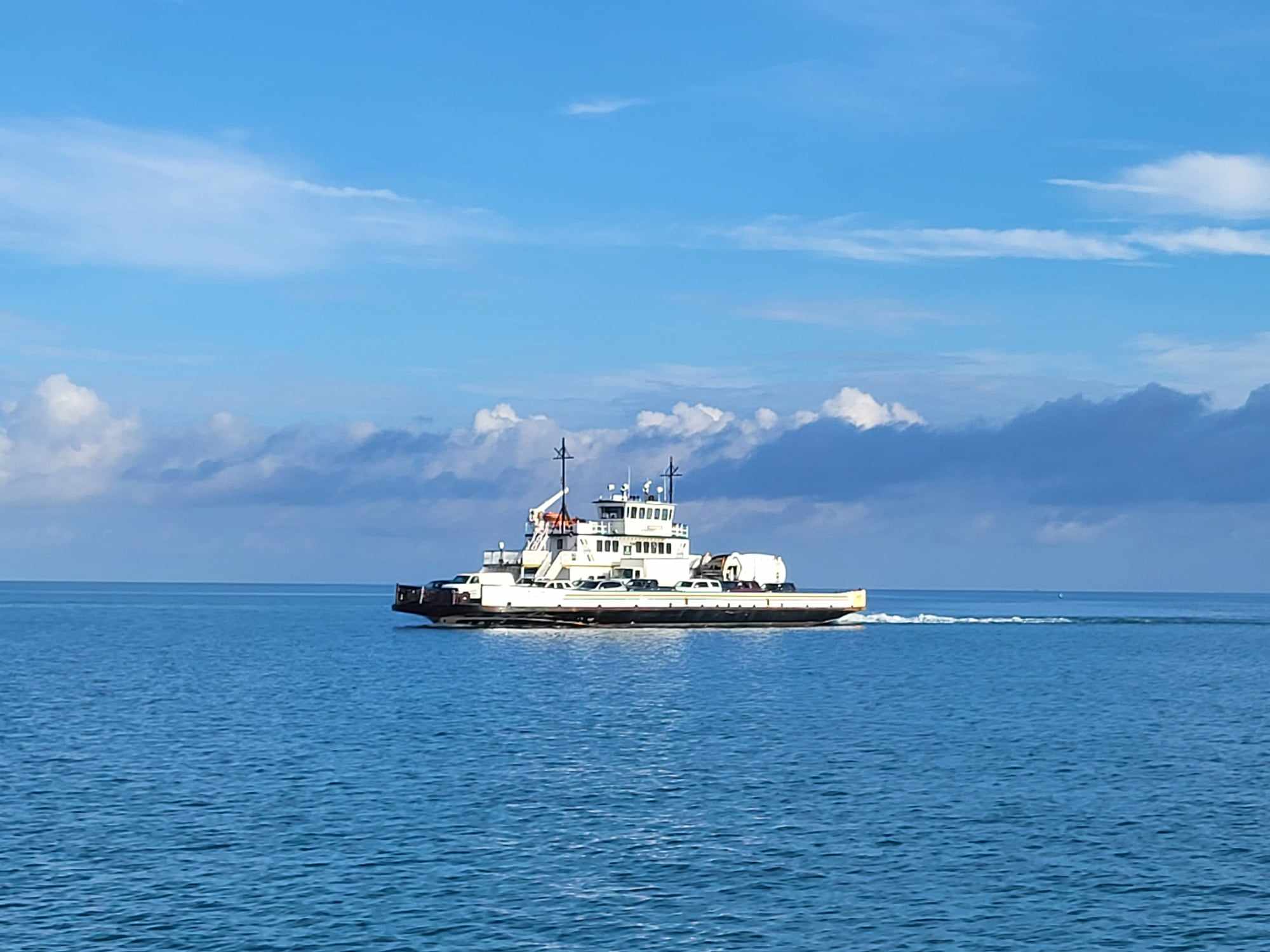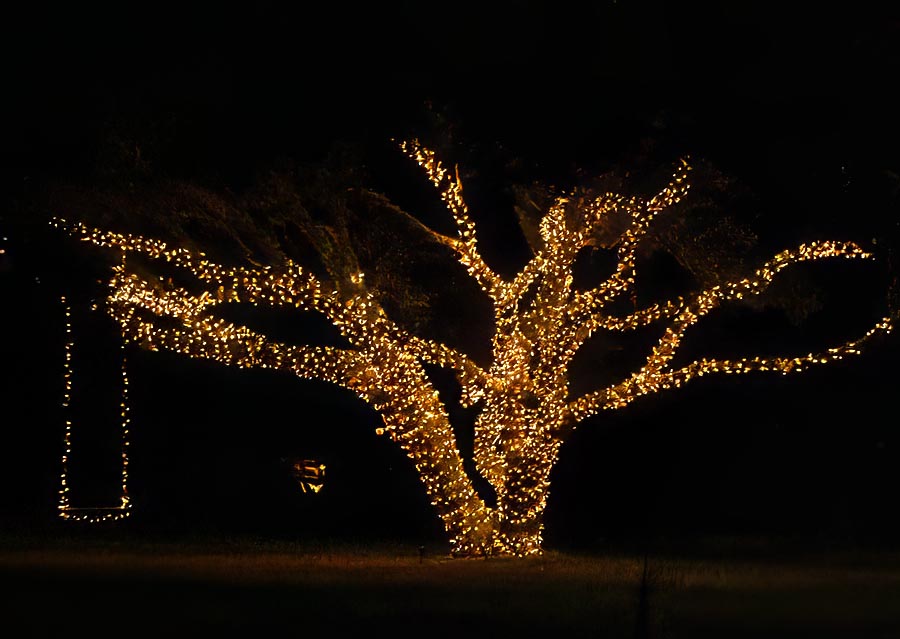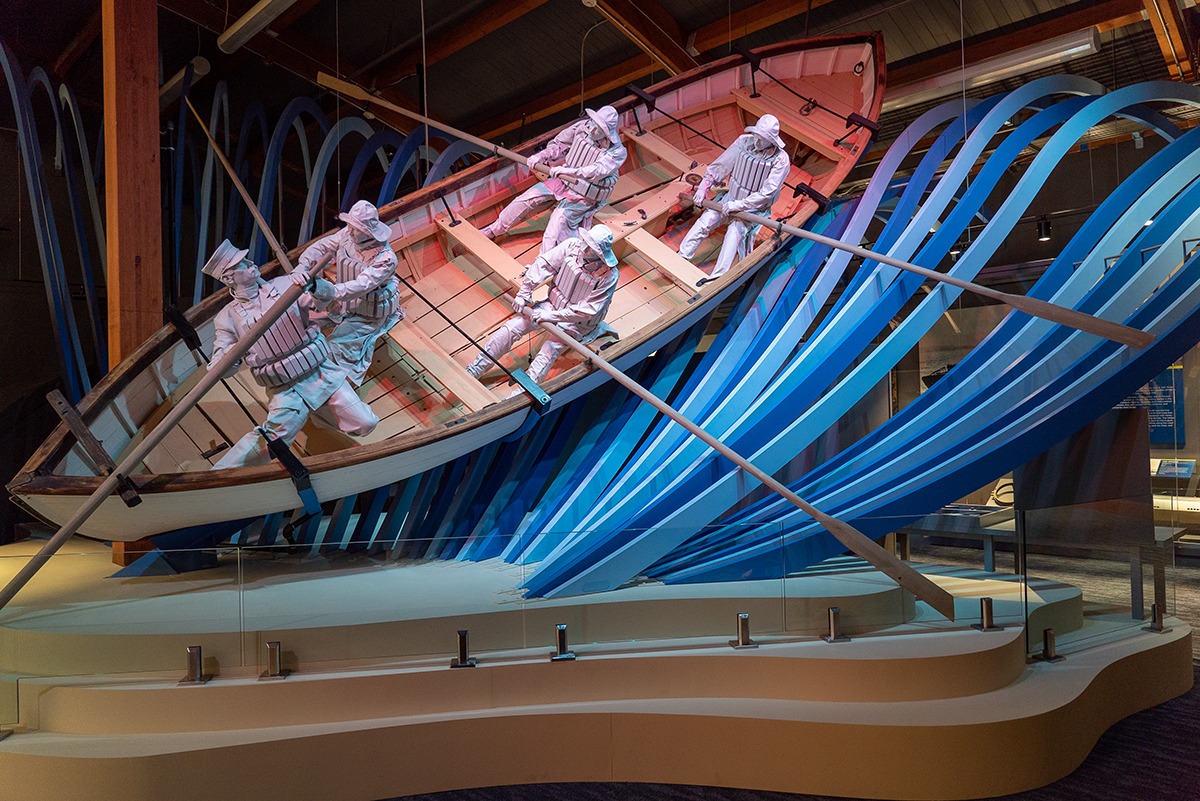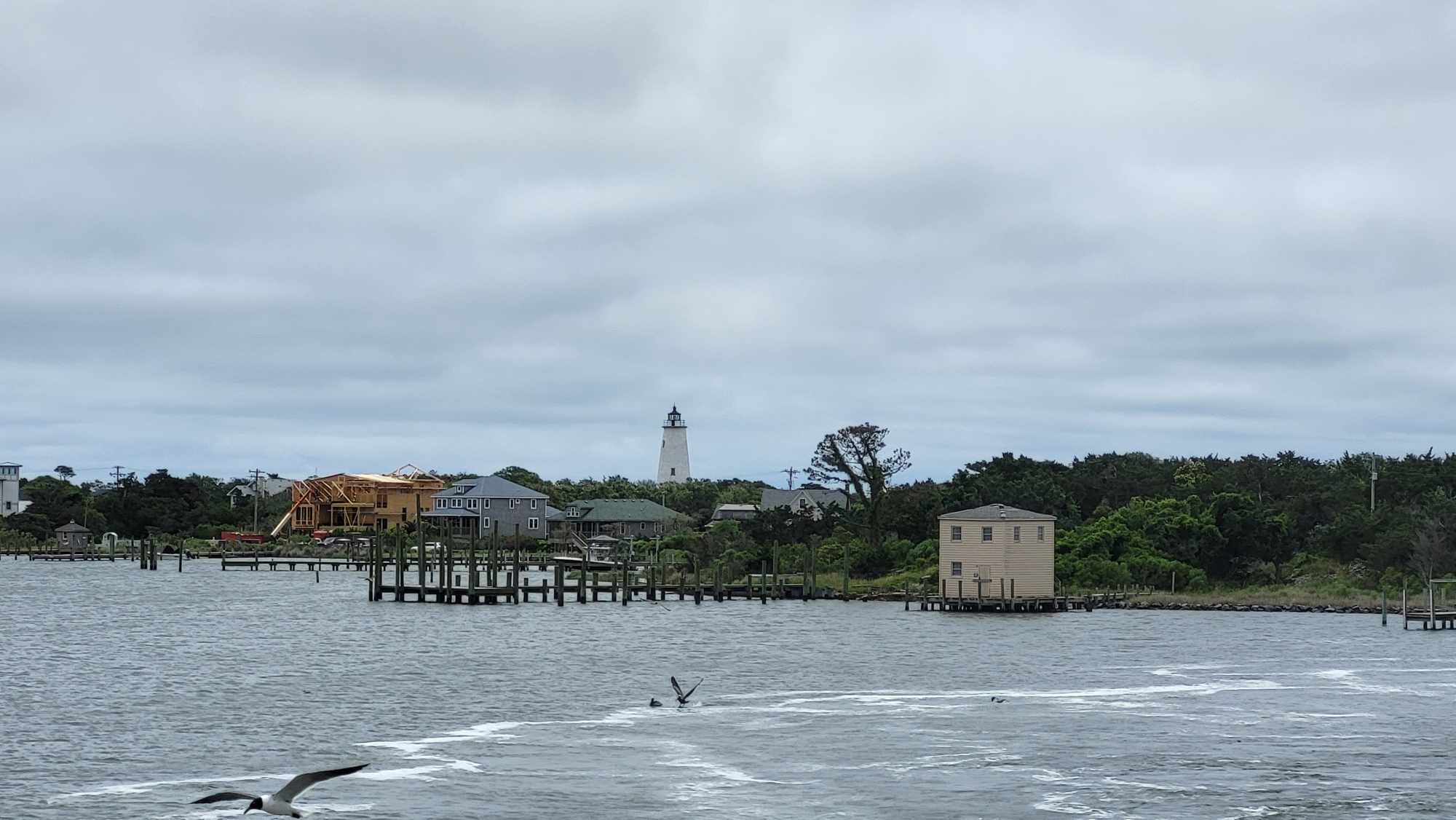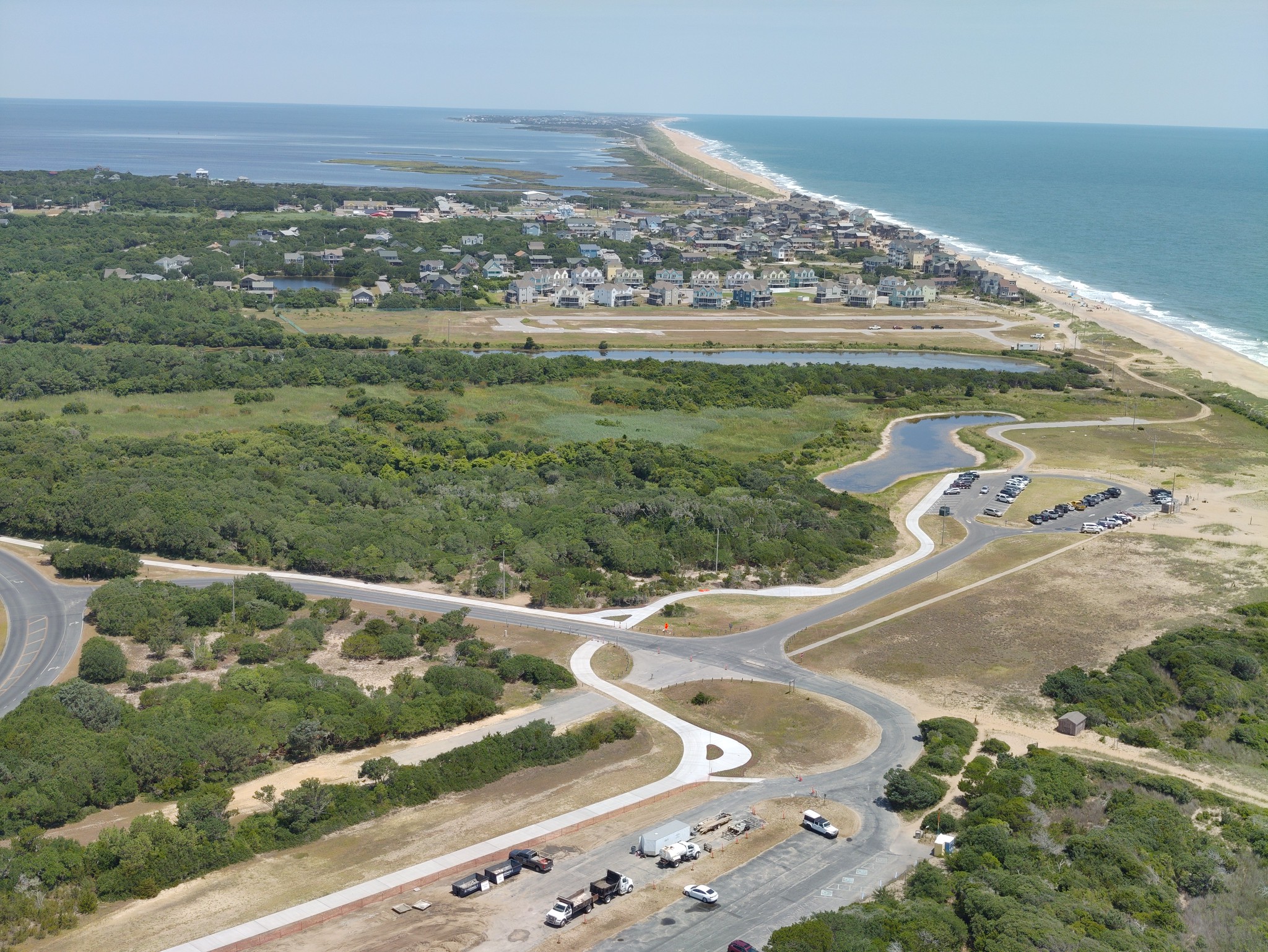The coming of spring to our coast
Finally! Finally, it appears that the warm air of spring is beginning to drift over the dunes, through the shrub thickets and into the pine forests. After a period of stillness, the plants and animals are beginning to awaken from the silence of winter. The temperature alone will trigger ancient urgings for new life and new growth.
Spring is slowly beginning to reveal itself as green anoles have crawled out from leaf litter and are basking in the warmth of the sun. Buds are popping out on bare branches, but spring is a bit reluctant as the squirrel tree frogs have yet to rejoice in song.
Spring, which officially starts today – Thursday, March 20 — is a time when I like to wander around the isolated freshwater wetlands of the barrier islands and coastal plain. These wetlands are often overshadowed by the allure of the meandering coastal tidal creeks that wind through the emerald marsh grasses of our saltwater estuaries. In terms of aesthetic beauty and wildlife viewing, freshwater wetlands can be just as gorgeous and full of life.
Our wetlands rely on weather patterns that bring soft rains, violent thunderstorms and howling hurricanes, which are necessary to recharge the water levels. However, at times, significant rainfall can be sporadic, turning many isolated wetlands into vacant lots devoid of activity. Where there was once standing water, adaptive grasses and weeds have crept in.
The wetlands then become an empty stage in a dusty old shuttered theater. All the performers have moved on to other venues except for a few custodial raccoon caretakers here and there. Spring and its nourishing rains will lure back a cast that will put on a show of drama, aerial acrobatics, dancing and singing. Last week, as if on cue, my favorite local wetland was flooded with copious amounts of rain along with the promise of these gifts to come.
The prevernal season can be quite a tease, as Henry David Thoreau once noted. “The first pleasant days of spring come out like a squirrel and go in again,” he wrote. For now, I wait for spring to arrive with fullness in every day. Spring is at the door, but for today, I must rely on a memory of walking into a wetland and being fulfilled with the wonderful wetland activities that are soon to come.
As I arrived at the wetland, the sun was on the downhill side of the day as I made my way to find a seat. An audience had already gathered with pied-billed grebes, hooded mergansers and a kingfisher settling in for the show. A green anole, displaying its dewlap, was trying to attract a date while a male wood duck, looking very dapper, flew in fashionably late just before the rise of the curtain. Overhead in a tree, a raccoon had a balcony seat.
A coolness filled the silent air as the opening act flew high overhead. A male osprey was starting to construct a nest on the top of a rickety old dead pine tree in the middle of the wetland. All of the bark had long since sloughed away, revealing a tall, gray, smooth trunk that swayed in the wind. The male would disappear only to return with new material for the nest. Sitting on the branch of a tree overlooking the wetland, the female mate was chirping her approval.
I watched as the male took off from the nest and headed straight towards a dead branch on a nearby pine tree. As it approached the branch, the bird never slowed down. In a graceful acrobatic maneuver, the osprey twisted its body hard towards the right causing its open wings to be perpendicular to the ground while its outstretched legs made contact with the branch. Its powerful talons closed around the branch ripping it from the tree with an audible snap.
Ospreys have four toes, which allows them the option of grabbing objects with two talons in front and two in back, providing a strong grip. The bird proudly flew back to the nest with the branch in both talons then hovered a few feet above the nest before dropping it. A direct hit. Just then, as if in applause, a squirrel tree frog began to call. The osprey was obviously displeased that the branch still had pine cones attached as it pinched them off with its sharp beak and dropped them over the side of the nest watching them splash into the water below.
As the osprey took a rest beside its mate, a ruckus was stirring below in the wetland. A pair of Canada geese, shepherding their goslings, were fussing as if a pack of wolves had descended upon them. There was a lot of honking and hissing that created quite a stir. All of that drama was unnecessary as the only thing that could have possibly been perceived as a threat was a pair of peaceful mallards that swam too close to the chicks. The geese herded the babies into the vegetation along the shore and guarded them like club bouncers with large muscular wings, which were folded across their chest.
I started hiking to other areas of the wetland to get a better view of the activities and came across a reptile with beautiful eyes that looked like a relic of the past. A huge female snapping turtle was either looking for a nesting site or returning from laying her eggs, a favorite of the raccoons. She stomped along with her legs fully extended causing her shell to jack up so high off the ground that she looked like a walking coffee table. I watched from a respectful distance as these reptiles have sneaky long necks that can reach around and pull out a pound of flesh. Even part of their scientific name, serpentine, documents their snake-like head and neck. Their bite is lightning fast and folklore has it that once they bite down they will not let go until it thunders.
Many years ago, this reputation for fearsomeness resulted in scars on my right hand, not because one bit me, but because I was afraid that one would. One hot July afternoon as a young teenager, my brothers and some friends decided to relax after a long day working in the farm fields. We took a couple of watermelons down to a small creek and threw them into the cool water to chill down while we went for a swim. Next, we started jumping off a bridge that spanned the creek into the refreshing tea-colored water. On a hot day like this, a snapper would want to cool off as well.
After a few leaps from the bridge we were all dog paddling under the shadow of the bridge when the cries of “snapper!” filled the air. I casually swam towards our homemade ladder attached to one of the bridge pilings to remove myself from danger. However, the ladder was already quickly full with clinging adolescent boys with all their body parts out of the water leaving me alone in the snapper infested creek.
In a panic, the thought of a snapper attached to my bare foot without a thundercloud in sight sent me shimming up one of the black tar and creosote coated bridge pilings. As my right hand grabbed the top of the piling, which was wrapped with the exposed edges of sharp tin, two of my fingers were easily sliced open. As the watermelons floated away, we headed off to get my hand sewed up and I never went swimming in that creek again.
The snapper disappeared into a patch of bright green ferns and a familiar bird sound called out from the live oaks lining the marsh. After spending a long migratory journey from Florida, a beautiful male painted bunting was singing a sweet song from a high perch in hopes of attracting a female.
These maritime shrub thickets along the N.C. coast are important nesting sites and represent the northern limit of its breeding range. This small bunting is so stunning that is referred to as “non-pareil,” or without equal. A large group of these birds together is referred to as a mural. However, its colorful palette of plumage caused these birds to be captured and sold by the thousands as pets for hundreds of years. Although illegal in the United States, they are still captured and sold in other countries adding to the decline in wild populations.
The low sun was now casting a shimmering orange spotlight on the surface of the water, creating a mood for the final act. At the edge of the wetland, a lone little blue heron slowly glided along in long steps, dragging its feet through the shallow water. With a bowed head, its long neck elegantly shaped like an “S,” it silently searched for prey. Resembling a ballerina, it would often run and twirl in different directions all over the confines of the wetland chasing frogs, fish and insects.
This bird is unique among herons. While the plumage of an adult is a dusty blue, almost purple color, the immature little blue heron is all white. The all-white color of the juvenile provides acceptance among snowy egrets as they feed together. Studies have indicated that their feeding success is far greater when feeding among the snowy egrets.
It was getting dark and a pair of blue-winged teal, tardy for their migration, swam across the wetland heading for an exit in the security of some tall aquatic vegetation.
As I made my way out of the wetland shrubs, I was just as satisfied as if I had taken in a Broadway show. Wetlands are not only valuable recreationally, their importance as wildlife habitat for food, protection, water, breeding can’t be overstated. Unfortunately, our wetlands are declining along with their ability to trap water which helps control flooding and recharge the ground water. Wetlands are also referred to as the kidneys of the earth for their ability to trap pollutants, bacteria, sediments and nutrients; all of which improve water quality.
(This story is provided courtesy of Coastal Review Online, the coastal news and features service of the N.C. Coastal Federation. You can read other stories about the North Carolina coast at www.nccoast.org.)


